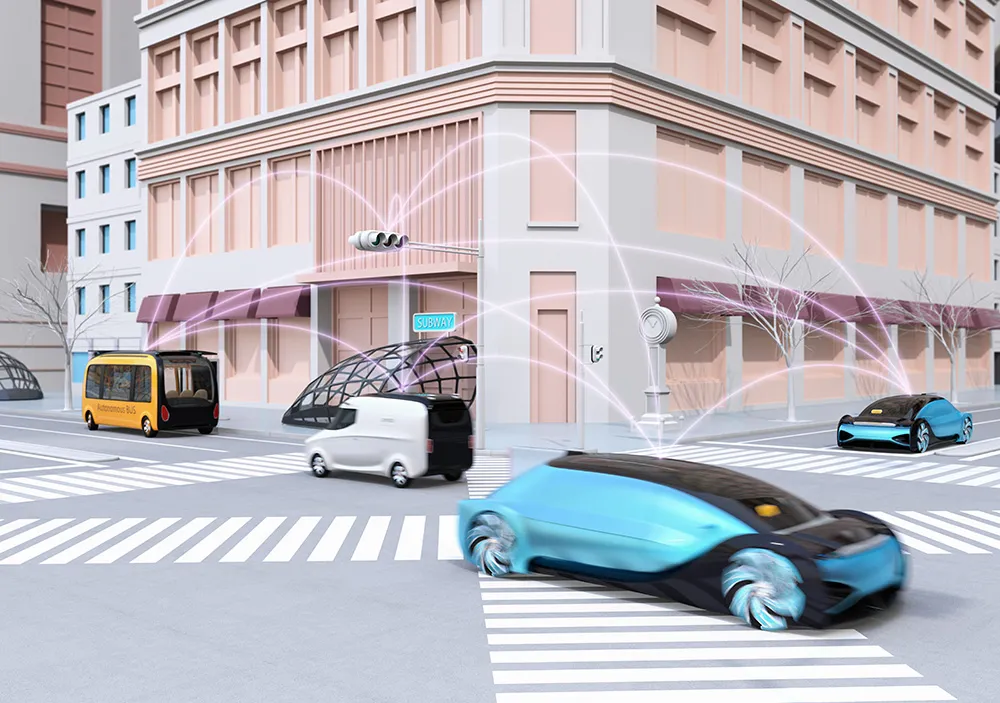Parsons Brinckerhoff, in conjunction with architect Miguel Rosales, has been awarded a contract by Cuyahoga County, Ohio for the conceptual design of a pedestrian and bicycle bridge on the lakefront in Cleveland.
Intended to connect Cleveland’s downtown and the lakefront, the bridge will provide convenient access for pedestrians and cyclists and create an iconic structure, symbolising the renewed vibrancy of the lakefront district.
The Parsons Brinckerhoff team will develop preliminary plans, includi
October 6, 2014
Read time: 2 mins
Intended to connect Cleveland’s downtown and the lakefront, the bridge will provide convenient access for pedestrians and cyclists and create an iconic structure, symbolising the renewed vibrancy of the lakefront district.
The Parsons Brinckerhoff team will develop preliminary plans, including design criteria, in collaboration with the City of Cleveland Planning Commission and the non-profit Group Plan Commission. The scope of work includes preliminary design; soils/geotechnical and environmental engineering; subsurface utility engineering and utility relocation coordination; right-of-way procurement; railroad coordination; surveying; preliminary cost estimates; preliminary scheduling; and public outreach. The team will also be responsible for writing the specifications and assisting with the selection of a design/build team as well as providing construction support services, including review and release of final design, construction plans, and shop drawings.
The bridge is scheduled to be completed in time for the Republican National Convention, to be held in Cleveland in the summer of 2016.










